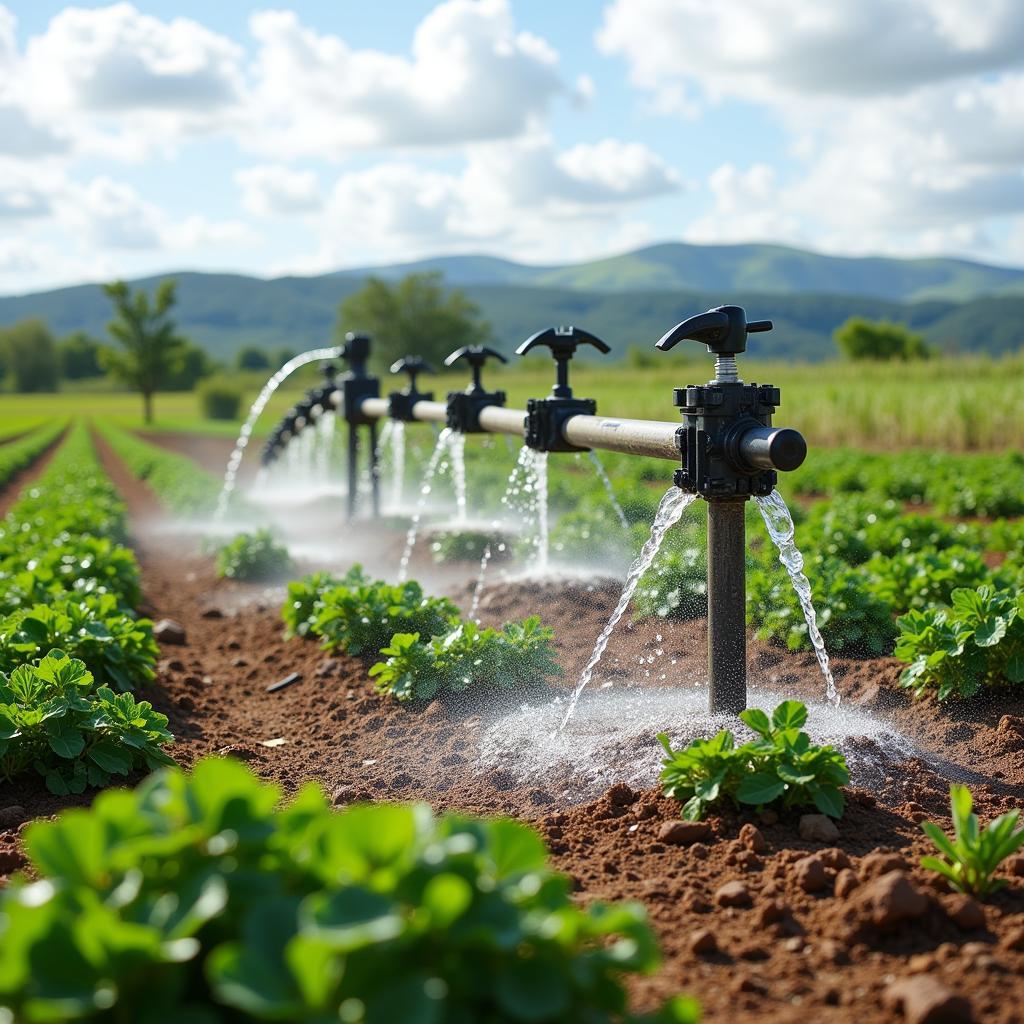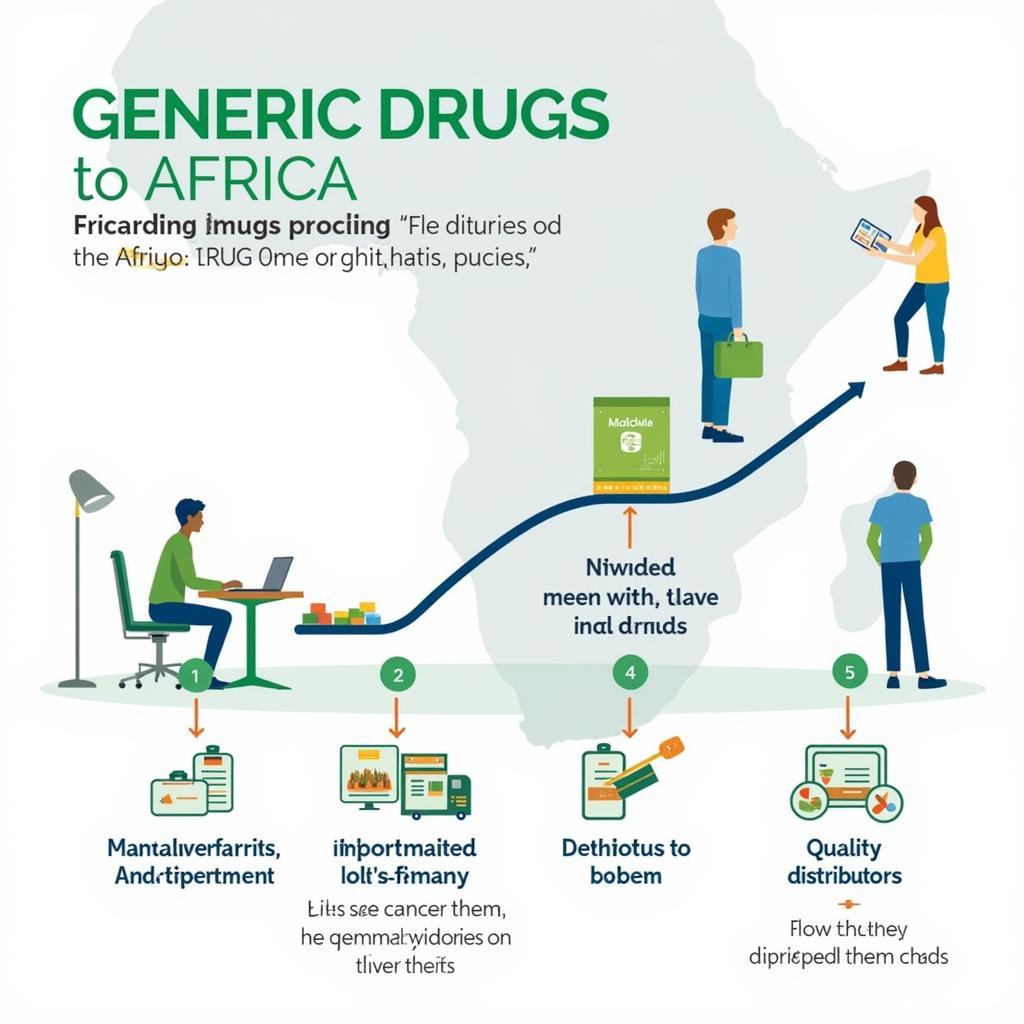Adaptation of African Agriculture
African agriculture, characterized by smallholder farming and a strong dependence on rainfed systems, faces mounting challenges in the face of climate change. The continent’s agricultural sector must adapt to ensure food security, improve livelihoods, and drive economic growth. This involves embracing innovative techniques, technologies, and policies that enhance resilience and sustainability.
The Urgency of Adaptation
Climate change poses significant risks to African agriculture, including:
- Increased Temperatures and Heat Stress: Higher temperatures reduce crop yields, increase pest and disease pressure, and impact livestock productivity.
- Erratic Rainfall Patterns: Unpredictable rainfall leads to droughts and floods, disrupting planting cycles and causing crop failures.
- Land Degradation: Overgrazing, deforestation, and unsustainable farming practices contribute to soil erosion and desertification, further impacting agricultural productivity.
These challenges threaten the livelihoods of millions of Africans who rely on agriculture for their sustenance and income.
Key Adaptation Strategies
Adapting to climate change in African agriculture requires a multi-pronged approach:
1. Climate-Smart Agriculture
Climate-smart agriculture (CSA) aims to increase productivity, enhance resilience, and reduce agriculture’s environmental footprint. Key CSA practices include:
- Drought-tolerant Crop Varieties: Planting crops bred to withstand water stress improves yields in drought-prone areas.
- Water Management Techniques: Implementing irrigation systems, water harvesting, and conservation tillage methods optimize water use efficiency.
- Improved Soil Health: Promoting agroforestry, conservation agriculture, and organic farming enhances soil fertility and water retention capacity.
 Farmers in Africa implementing an efficient irrigation system for crops
Farmers in Africa implementing an efficient irrigation system for crops
2. Diversification of Income and Livelihoods
Reducing reliance on agriculture alone can enhance resilience. This can be achieved through:
- Off-farm Income Generation: Promoting rural non-farm activities, such as agro-processing, handicrafts, and tourism, provides alternative income sources.
- Value Chain Development: Adding value to agricultural products through processing and marketing increases profitability and creates employment opportunities.
- Access to Financial Services: Providing farmers with access to credit, insurance, and savings products mitigates risks and facilitates investment in adaptation measures.
3. Technology and Innovation
Harnessing technology plays a crucial role in adaptation efforts:
- Early Warning Systems: Climate information services, such as weather forecasts and drought predictions, allow farmers to make informed decisions about planting, irrigation, and other agricultural practices.
- Precision Agriculture: Using technologies like GPS, sensors, and data analytics optimize input use, reduce waste, and improve yields.
- Mobile Technology: Mobile phones provide platforms for information dissemination, market access, and financial inclusion, empowering farmers to make informed choices.
4. Policy and Institutional Support
Creating an enabling environment for adaptation requires supportive policies and institutions:
- Investment in Research and Development: Developing and disseminating climate-resilient technologies and practices tailored to local conditions is crucial.
- Capacity Building: Training farmers on climate-smart agriculture, financial literacy, and risk management equips them to adapt effectively.
- Access to Markets: Facilitating access to markets for climate-resilient products incentivizes adoption and improves livelihoods.
Conclusion
The Adaptation Of African Agriculture is essential to ensure food security, economic growth, and social stability in the face of climate change. By embracing climate-smart practices, diversifying livelihoods, leveraging technology, and fostering supportive policies, Africa can build a more resilient and sustainable agricultural sector.
FAQ
1. What is the biggest threat to African agriculture?
Climate change, with its erratic rainfall patterns, increased temperatures, and land degradation, poses the most significant threat to African agriculture.
2. How can technology help African farmers adapt to climate change?
Technology like early warning systems, precision agriculture tools, and mobile platforms provide farmers with information, resources, and connections to navigate climate risks.
3. Why is diversification of income important for adaptation?
Relying solely on agriculture makes farmers vulnerable to climate shocks. Diversifying income sources enhances resilience and provides a safety net.
4. What role can governments play in supporting adaptation?
Governments can invest in research and development, provide capacity building and training, and create supportive policies that incentivize climate-smart agriculture.
5. What is the future of African agriculture in the face of climate change?
While challenges are significant, by embracing adaptation strategies, investing in innovation, and fostering collaboration, African agriculture can become more resilient, productive, and sustainable.
Need assistance? Contact us 24/7:
Phone Number: +255768904061
Email: kaka.mag@gmail.com
Visit us: Mbarali DC Mawindi, Kangaga, Tanzania.



